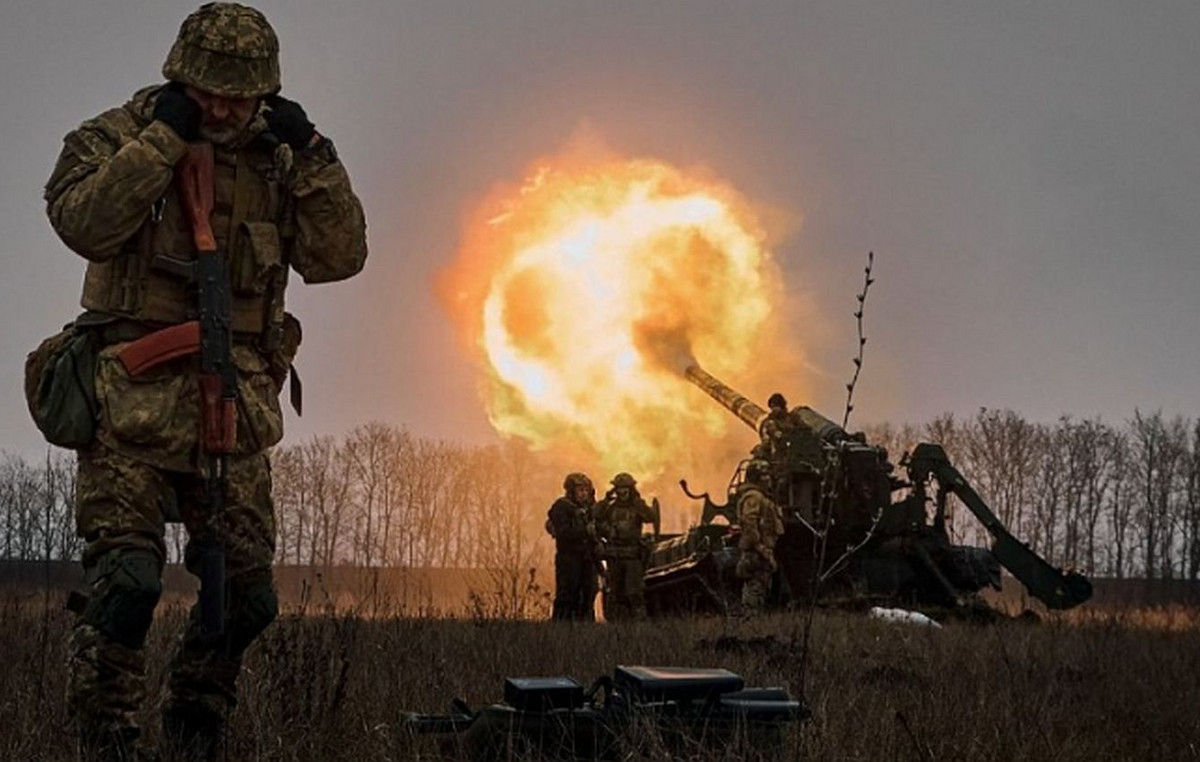The first snowfall of the snow season threatens the Northwest and northern parts of the United States, with the possibility of burials of more than a foot by ice flakes.
The forecast is that a wave of cold air and intense humidity will spread from the city of Washington and the state of Oregon to much of the city of Montana today (24), before a strong storm hits the northwest of the United States on Tuesday night. -fair.
Snowflakes are expected to begin falling on Tuesday as moisture from this storm moves across Washington’s Cascade Range. The higher the altitude, the greater the chance of snow and road complications. Several high-altitude mountain passes in this part of the Cascades, including Stevens Pass, Snoqualmie Pass and Stampede Pass, could be affected.
Snow will begin to fall across the rest of the northwestern US during Tuesday afternoon and evening. Accumulating snow will begin to cover parts of Idaho and Montana, as well as Oregon during this period, while temperatures will remain low.
Temperatures will plummet Tuesday night, falling well below freezing in many high-altitude locations. Temperatures in northern Idaho will drop to between -7 and -12°C on Wednesday morning, while some areas of northwestern Montana will hover around -12°C.
The combination of cold air and high humidity will set the stage for heavy snowfall Tuesday night. Six inches or more of snow could quickly accumulate at pass levels in the Cascades by Tuesday night, with amounts approaching a foot for areas above 7,000 feet.
Snow accumulation will increase Wednesday in the Northwest and northern Rockies. Wind speeds will also increase during this period, which could significantly reduce visibility and make road traffic difficult.
Although the most significant snow totals from this storm will occur at higher elevations, some low-elevation spots in Washington, Montana and South Dakota will not escape winter weather completely.
A few inches of snow will accumulate up to 1,000 feet in some parts of Washington on Wednesday, but Seattle will only face rain, plus low temperatures.
This Thursday (26), snow will begin moving down the Cascades, but will spread across parts of the northern Plains as the storm moves east. More than a foot of snow will hit parts of South Dakota by Thursday night.
Another risk will arise when the snow reaches lower altitude areas: melting and refreezing. Any snow that melts during the day will freeze overnight and cause treacherous ice to form on roads and sidewalks.
By Friday, significant snow accumulation will come to an end across much of the northern U.S., but some snowfall may occur along the U.S.-Canada border before the storm fully crosses southern Canada.
Source: CNN Brasil
Bruce Belcher is a seasoned author with over 5 years of experience in world news. He writes for online news websites and provides in-depth analysis on the world stock market. Bruce is known for his insightful perspectives and commitment to keeping the public informed.







